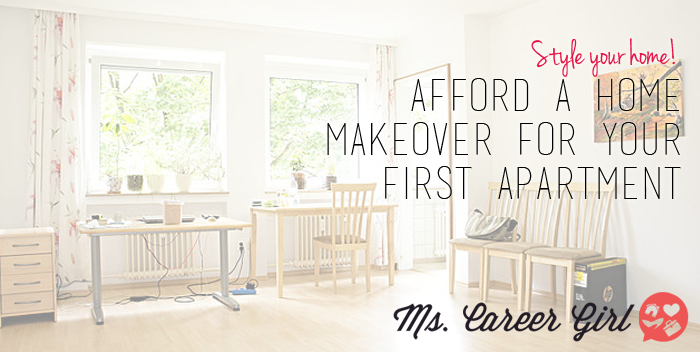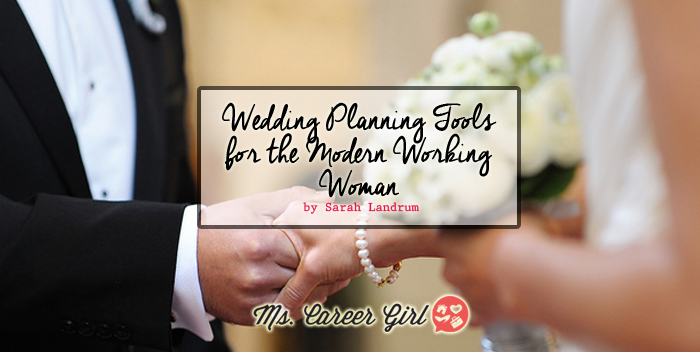How To Build a Website (Even if You Aren’t a Web Designer)

Today’s post is by Eric Flores.
Virtually all businesses need functional, eye-pleasing websites to get by. What they don’t need (in all cases) are world-class HTML skills or design credentials. While it never hurts to have design ability, the idea that only professional designers can create good websites is simply not true. Thanks to the Web 2.0 movement, non-designers with even modest technical knowledge can put together fully-functional, visually appealing websites in just a few days, using ready-made technology and resources.
Here’s how to build a website:
Simple Layouts
First, forget the idea that your website needs to dazzle and impress people in order to do its job. Nothing could be further from the truth. Indeed, the mid-late 1990’s trends of Flash-heavy layouts, dancing graphics and crazy colors are now laughed at by most intelligent businesspeople. If you’re not convinced, look at the most successful websites online today. Google stands out as the biggest example, using only a search box, its logo, a few links and a plain white background. Facebook actually distinguished itself from other social networks (in part) by using a clean, simple layout instead of letting users clutter up their profiles with browser-slowing nonsense.
This is no accident. When you have “substance” (a truly great product or service) to offer, you don’t need to emphasize “sizzle” (a needlessly flashy website.) A straightforward site that tells people how to do or get what they came for is often good enough.
It’s important, though, when starting a website to consider your brands colors and style. You might want to have a look at a few different brand color palette tools, like this one from Bold Web Design. It shows the fortune 500 companies, including their main colors and secondary color range. It will give you a good idea of what colors or styles of fonts that you like for your own website.
WordPress

Next, abandon the concept of cobbling together a website from scratch with HTML and DreamWeaver (or Notepad.) This is always an option, but for the non-designer, it’s usually the most frustrating and inefficient one. For those of us who haven’t mastered Photoshop (and don’t plan on it), it’s much faster and simpler to build a website around WordPress. It may surprise you to learn how many of the websites you visit and blogs you read are actually powered by WordPress. This one, for example.
In a nutshell, WordPress is a blogging platform that people can build their websites around and change as needed. Think of it as having the foundation of your website already built. Instead of building an entire infrastructure from scratch, you build the site on top of WordPress and set it apart with customizations (explained below.)
Ready-Made Themes

WordPress, powerful as it is, isn’t much to write home about (design-wise) in its basic state. Just a blue header, white background, and a single column with black text. Not that there’s anything wrong with that, necessarily – remember that simple designs are often better than complicated ones. However, most business owners still want their websites to have some degree of uniqueness and individuality. That’s where WordPress themes come in. One of the most useful features of WordPress is the ability to install ready-made graphical themes with just a few clicks.
Spend a few moments browsing through the WordPress themes page and you will find over 1,000 different graphical themes to choose from. These themes can be edited, assuming you do have some HTML skills. But if not, at least a few of these themes will suit you just fine as-is.
SEO Packs
We’ve all heard about how important search engine optimization (SEO) is for new websites. Without deliberate effort to get to the top of Google, we hear, your competitors will outrank you. But who has time to stay on top of the ever-changing SEO sorcery: keyword tags, inbound and outbound links, PageRank, canonicalization, and all the other miscellaneous factors that drive Google rank? Luckily, you don’t really have to. Just install the WordPress All-In-One SEO Pack.
Merely having this installed on your site will make it more search engine friendly (and easier to find) than most of the websites out there. It’s a textbook example of the 85% solution – getting most of the key value from SEO and then getting on with your life, rather than getting caught up in analysis-paralysis and accomplishing nothing.
Hiring Designers On An “As-Needed” Basis
Sometimes the ready-made themes of WordPress just aren’t enough. Maybe your chosen theme got you 90% of the way toward your ideal website layout, but something is missing. Don’t worry – the solution is actually pretty simple. In these cases, you can hire web designers on a one-time project basis. Rather than employing a Photoshop or DreamWeaver wizard full-time, just wait until an actual, specific need arises. For example: your theme wont let you put an image where you want one to be, or you can’t figure out how to add a longer form to the contact page.
When things like this come up, hop on Craigslist or VWorker.com and post a job ad. Simply explain that you run a WordPress-powered website, list the theme (say, <a href=”https://cutline.tubetorial.com/”
About the Author: Eric Flores is a freelance writer for Adobe. Adobe software, such as a photo editor, and services revolutionize how the world engages with ideas and information; anytime, anywhere, and through any medium. On their website you can find a PDF creator as well as many other tools to convert to pdf.




